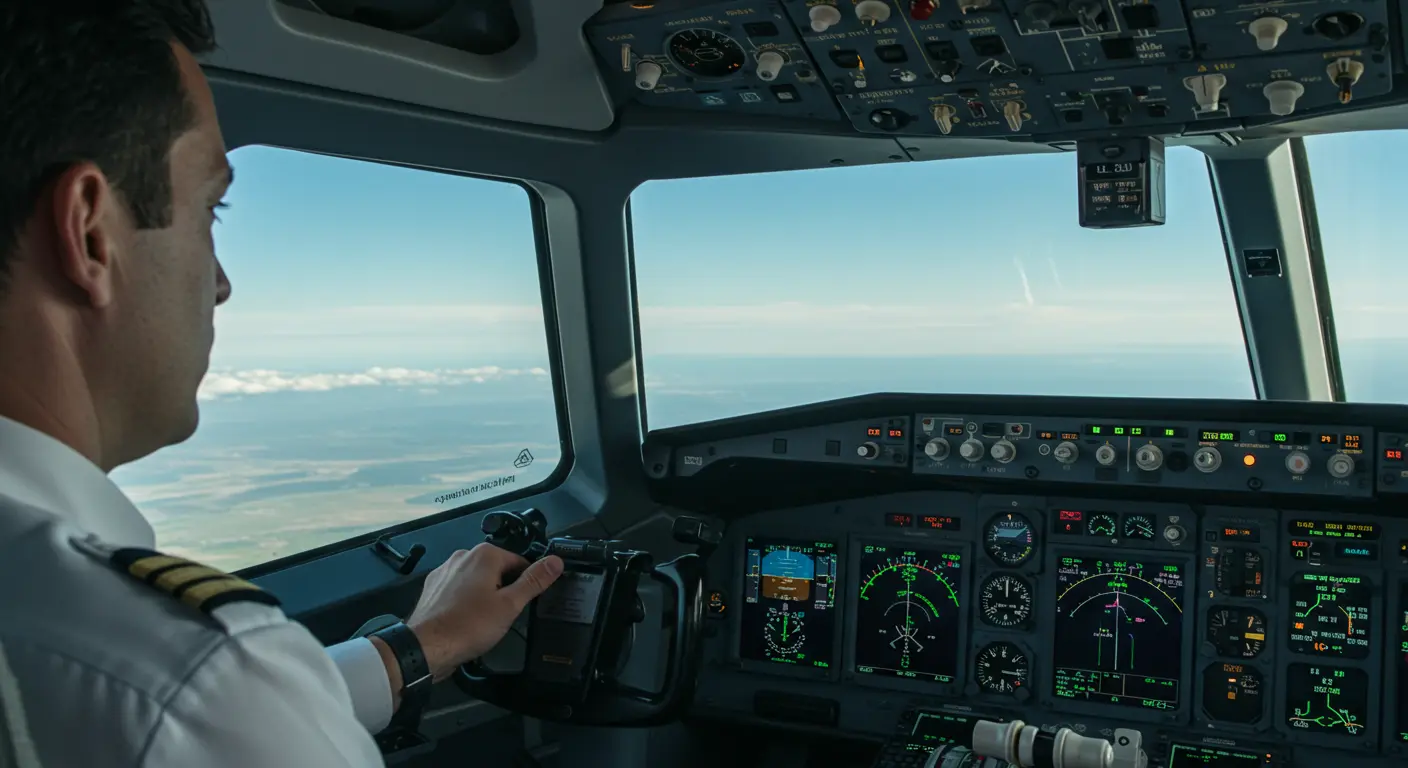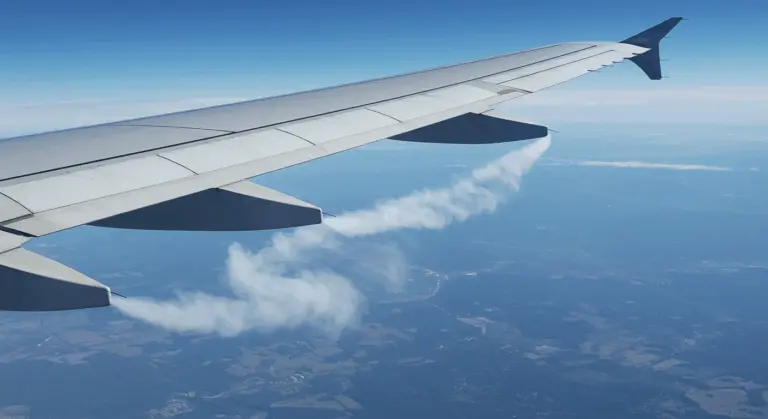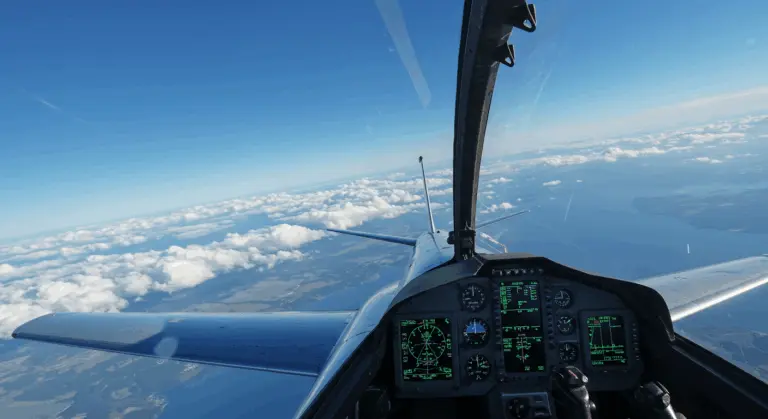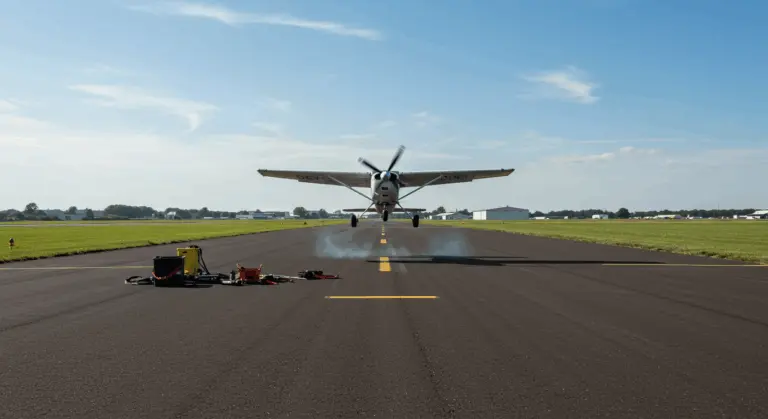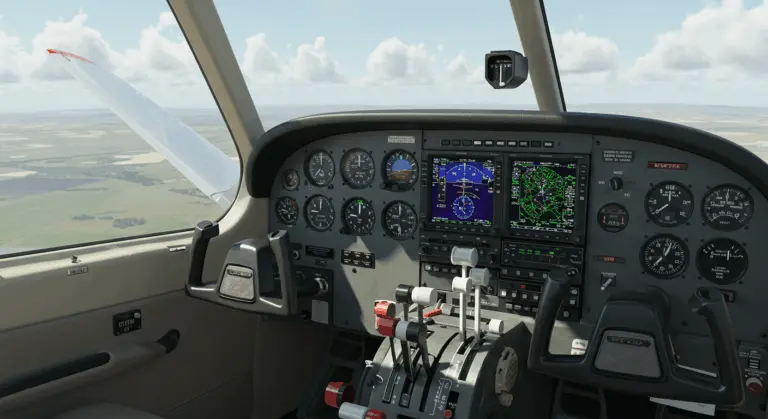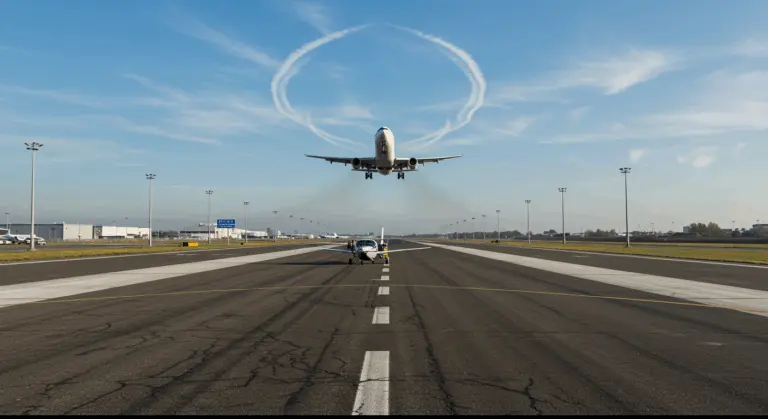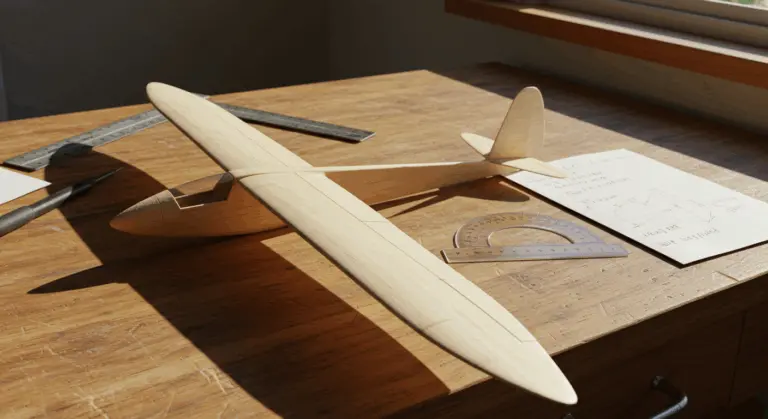What is Dutch Roll in Aviation – Definition and Characteristics
Understanding Dutch Roll – Definition and Dynamics
Dutch roll represents a complex aerodynamic phenomenon where aircraft experience a coupled oscillation of yaw and roll movements. When as the aircraft banks to the right, its nose simultaneously swings left, and vice versa. This creates a distinctive swaying motion that traces a distinctive figure-eight pattern through the sky.
The name comes from its striking resemblance to the undulating motion of Dutch ice skaters. In aviation, Dutch roll emerges when an aircraft’s lateral stability—its natural inclination to level its wings—overwhelms its directional stability, which governs the aircraft’s tendency to maintain straight flight.
Aerodynamically, Dutch roll typically exhibits dynamic stability, meaning these oscillations don’t amplify over time. Yet this stability doesn’t eliminate the problems it creates. The persistent motion creates passenger discomfort, significantly increases pilot workload, and can compromise flight safety if left unmanaged.
Characteristics of Dutch Roll – What to Expect
When Dutch roll affects an aircraft, both pilots and passengers experience an unmistakable rocking sensation. This rhythmic swaying can persist through multiple cycles, creating discomfort that requires correction.
Legendary test pilot Tex Johnston observed that Dutch roll particularly plagues swept-wing aircraft. In these configurations, any yaw motion causes airflow to strike one wing more perpendicularly to its leading edge—boosting that wing’s lift—while the opposite wing suffers reduced lift. This differential lift triggers the characteristic rolling motion.
-
A rhythmic, side-to-side swaying motion caused by alternating bank angles.
-
A figure-eight pattern traced by the aircraft’s nose.
-
Oscillations that persist for several cycles before naturally damping.
-
Heightened sensitivity to turbulence or crosswinds, which can trigger or amplify the effect.
Dutch roll’s intensity and persistence vary considerably based on aircraft design, prevailing flight conditions, and the operational status of stability augmentation systems like yaw dampers. Today’s commercial passengers rarely notice more than subtle effects, thanks to sophisticated automated systems that quickly suppress these oscillations before they become troublesome.
Causes of Dutch Roll – Factors Influencing Stability
Dutch roll results from a fundamental imbalance between an aircraft’s lateral and directional stability—a condition that swept-wing designs are particularly prone to experiencing.
The process works like this: when an aircraft possesses robust lateral stability but relatively weak directional stability, even a minor yaw disturbance can trigger a rolling response. This roll motion then feeds back into the yaw axis, creating the oscillatory pattern characteristic of Dutch roll.
Multiple interconnected factors influence an aircraft’s susceptibility to Dutch roll:
1. Wing design : While swept-wing configurations work well for high-speed flight, they fundamentally alter airflow patterns across the wings during yaw movements. This creates differential lift that promotes Dutch roll tendencies.
2. Dihedral angle : Aircraft featuring pronounced dihedral—wings angled upward from the fuselage—possess enhanced lateral stability that can contribute to Dutch roll unless counterbalanced by adequate directional stability.
3. Vertical stabilizer effectiveness : An undersized or ineffective vertical stabilizer delivers insufficient directional stability, leaving the aircraft vulnerable to Dutch roll episodes.
4. External triggers : Though aircraft design dictates susceptibility, Dutch roll usually occurs due to external catalysts—turbulence, crosswinds, or sudden gusts that provide the initial disturbance.
5. Pilot inputs : Misguided or delayed control inputs can trigger or worsen Dutch roll, especially when pilots overcompensate while attempting to correct the initial disturbance.
Understanding these factors is essential for aircraft designers, who must carefully balance lateral and directional stability to minimize Dutch roll tendencies while preserving other crucial flight characteristics.
Yaw Dampers – Mitigating Dutch Roll Effects
Yaw dampers are the primary technological solution for Dutch roll, particularly in modern aircraft. These sophisticated automated systems provide small, precisely-timed rudder inputs that neutralize oscillations before they can establish themselves.
Operating autonomously from pilot input, yaw dampers employ accelerometers and gyroscopes to detect the earliest signs of yaw oscillations. Once detected, the system instantly applies corrective rudder inputs, stopping the yaw before it develops into full-blown Dutch roll.
The implementation of yaw dampers offers several significant benefits:
1. Reduced pilot workload : Without these systems, pilots would face the exhausting task of constantly monitoring and manually correcting Dutch roll tendencies, especially during turbulent encounters. Automating this responsibility allows pilots to focus on other mission-critical aspects of flight management.
2. Enhanced passenger comfort : Dutch roll’s characteristic side-to-side swaying can trigger passenger discomfort or, in severe cases, airsickness. Yaw dampers either eliminate these oscillations entirely or reduce them to barely perceptible levels, providing a much smoother flight experience.
3. Improved flight stability : Through rapid suppression of yaw oscillations, these systems improve overall aircraft stability—a capability that proves particularly valuable during instrument flight or autopilot operations.
4. Safety enhancement : In extreme scenarios, unchecked Dutch roll could develop into more hazardous flight conditions. Yaw dampers provide an additional layer of safety by preventing these oscillations from building.
Today’s commercial aircraft routinely incorporate yaw dampers as standard equipment, especially swept-wing jets where Dutch roll tendencies are most pronounced. These systems function automatically throughout flight operations, though they feature redundancy safeguards and manual override capabilities when circumstances demand.
Aircraft lacking yaw dampers require pilots to handle the situation manually. They must rely on manual techniques, employing precise rudder inputs to supplement the aircraft’s natural directional stability and stop the oscillations. Success demands proper training and swift recognition of Dutch roll symptoms to restore stable, level flight.
Recovering from Dutch Roll – Pilot Techniques
Recovering from Dutch roll—particularly without a functioning yaw damper—requires specific techniques to restore aircraft stability. Effective recovery hinges on understanding the underlying dynamics and applying correct, well-timed control inputs.
The primary recovery technique involves coordinated rudder use to dampen yawing oscillations. Executed properly, this approach interrupts the cycle of coupled yaw and roll movements that define Dutch roll. Here’s a step-by-step approach pilots typically follow:
1. Recognize the Dutch roll : Swift recognition of the telltale side-to-side swaying motion and opposing yaw-roll movements is the first step.
2. Apply coordinated rudder : The most effective correction is applying rudder opposite to the yaw movement. This strategy neutralizes the yawing motion before it can cause additional rolling.
3. Use gentle, measured inputs : Heavy-handed or aggressive control movements often backfire, actually amplifying the oscillation. Pilots are trained to make smooth, proportional rudder inputs.
4. Minimize aileron use : A frequent error involves attempting to combat Dutch roll primarily through aileron inputs. This approach typically backfires, as aileron movements can increase the coupling between roll and yaw axes.
5. Return to neutral controls : As oscillations begin subsiding, gradually ease controls back to neutral, allowing the aircraft to stabilize naturally.
6. Reduce airspeed if necessary : In certain aircraft, reducing airspeed can help diminish Dutch roll tendencies by altering the aerodynamic forces in play.
7. Consider altitude change : When turbulence triggers or worsens Dutch roll, seeking smoother air through altitude changes can prove beneficial.
Pilot training programs focus extensively on these recovery techniques, especially for aircraft types notorious for Dutch roll susceptibility. Simulator training regularly includes Dutch roll scenarios, ensuring pilots can recognize and respond appropriately without falling into the overcontrol trap.
Common Misconceptions About Dutch Roll
Despite being a well-documented aerodynamic phenomenon, Dutch roll still generates persistent misconceptions among aviation enthusiasts, students, and occasionally even pilots. Correcting these misunderstandings is important for proper aircraft handling and safety awareness.
One prevalent misconception portrays Dutch roll as inherently dangerous or indicative of imminent control loss. In reality, It’s a natural oscillation that most aircraft are specifically designed to handle. Though uncomfortable, it seldom presents immediate danger in modern aircraft when managed appropriately.
Another persistent myth attributes Dutch roll exclusively to pilot error. While misguided control inputs can indeed trigger or worsen Dutch roll, the root cause lies embedded in aircraft design characteristics—specifically the delicate relationship between lateral and directional stability. Swept-wing aircraft have inherent Dutch roll characteristics irrespective of pilot technique—precisely why they incorporate yaw dampers and sophisticated stability augmentation systems.
Another fallacy suggests Dutch roll only manifests in extreme flight conditions. Actually, even mild turbulence can trigger it in susceptible aircraft, making it a relatively common occurrence during routine operations.
Despite popular belief, modern designs haven’t eliminated Dutch roll. While they’ve reduced susceptibility and employ effective damping systems, the fundamental aerodynamic principles and design trade-offs—particularly for high-speed swept wings—persist.
Finally, assuming Dutch roll always demands aggressive pilot intervention is an oversimplification. In dynamically stable aircraft, oscillations often dampen naturally. The art of skilled piloting lies in discerning when to intervene versus when to trust the aircraft’s inherent stability to resolve the motion.
Conclusion – The Importance of Understanding Dutch Roll
Understanding Dutch roll goes beyond academic interest and is a cornerstone of aviation safety and aircraft operation expertise.
For pilots, understanding Dutch roll mechanics is essential for rapid recognition and decisive response. This knowledge enables swift corrective action—whether manual or through yaw damper verification—which is important during turbulent encounters or when operating susceptible swept-wing aircraft.
For aircraft designers and engineers, Dutch roll dynamics significantly affect fundamental decisions regarding wing geometry, vertical stabilizer sizing, and stability augmentation systems. This delicate balance between competing stability characteristics must be meticulously maintained to ensure predictable aircraft handling throughout the entire flight envelope.
For passengers and aviation stakeholders, effective Dutch roll management directly influences flight comfort, operational efficiency, and safety margins. The evolution of sophisticated yaw dampers and stability augmentation systems has transformed the passenger experience in modern commercial aviation, nearly eliminating what would be a frequent source of discomfort.
Ultimately, Dutch roll demonstrates how aviation safety requires multiple elements: aircraft design, automated systems, pilot training, and operational procedures must work together to manage this natural aerodynamic phenomenon effectively.
As aircraft continue evolving with advanced materials, new configurations, and modern flight control systems, Dutch roll’s fundamental principles remain relevant. Understanding this phenomenon—its origins, characteristics, and management strategies—is essential for pilots, engineers, and anyone engaged in aircraft operation and design.

